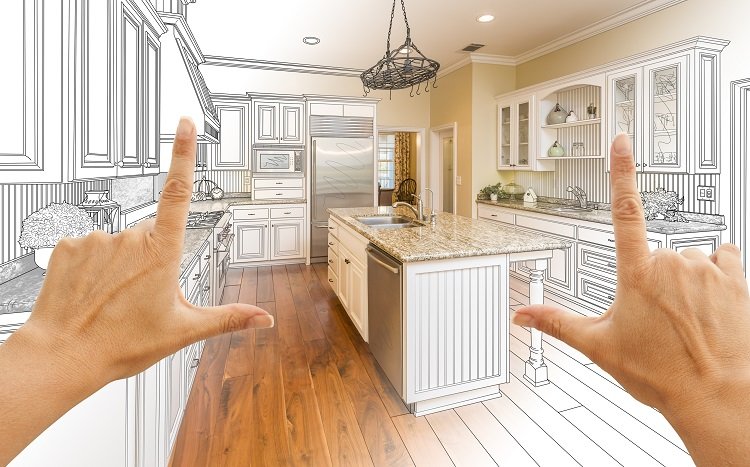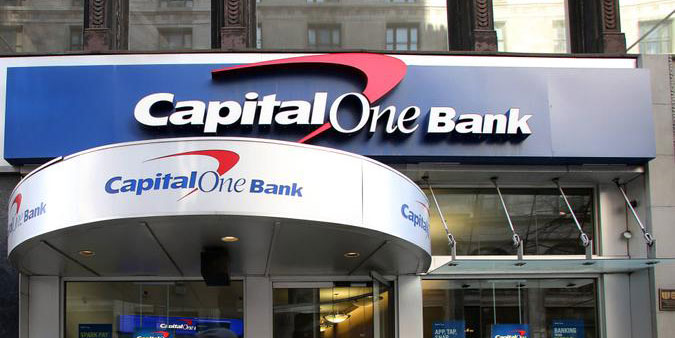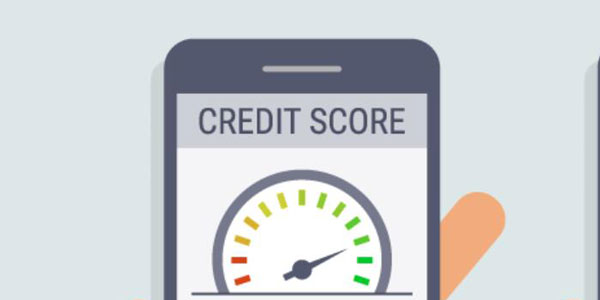If the renovation is for your home, you may be able to finance it using money from your savings account. If you can't pay for the project, it is possible to find alternatives. There are a variety of ways that you might be able to pay for the home improvement are:
- Credit cards
- Personal loans
- Home equity loans
- Home equity lines of credit
- Cash-out refinances
- Government loans
Credit Cards
The majority of Americans possess at minimum one credit card. In 2020, the number of credit card account holders was 497 million within the U.S. Credit cards are generally accessible. Contact your contractor or provider to find out whether they will take credit cards as a method of payment if that's the way you plan to fund the project. If they do not accept credit cards, you might need to look for another company to collaborate with. Credit cards are generally simple to obtain, and you might be able to utilize multiple credit cards to pay for your work.
Personal Loan
Another alternative to financing home improvement projects using credit cards is to take personal loans. It is possible to obtain a personal loan at much lower interest rates than what you could get with a credit card. Additionally, personal loans for home improvement can typically be obtained swiftly and come with longer terms, sometimes up to 12 years. Additionally to that, an online lender typically will make the process easier.
Like any loan or credit line, the interest rate will be based on your credit rating. If your credit score isn't great (usually with a credit score that is 670 or greater), it means the rate you are eligible for could be quite high. Furthermore, since you're expected to pay back the loan within a certain time frame, the monthly payment could be higher than if you utilized a credit card that does not need you to settle the balance within a specific date. As with credit cards, the interest on personal loans is not tax-deductible on a tax return.
Home Equity Line of Credit
There are many benefits to making a home equity loan, or HELOC, to fund a home improvement project of $25,000. They typically offer lower interest rates, making borrowing funds to finance a home improvement project less expensive. Home equity loans provide the option of a lump sum, fixed payment, and a predetermined time frame for repayment. In contrast, a HELOC could have a variable interest rate and allow for repeat borrowing.
In both cases, you could typically get at least 85% of the value of your home's worth, except the amount you are obligated to pay to your mortgage. HELOCs typically offer a 10-year time limit for interest only, which could help keep the monthly payment initially low.
If you're accepted for a HELOC for up to $25,000, you can take advantage of this line of credit anytime you require. For instance, at first, you could only need $2,000 to provide the contractor with a down payment. In the future, it could transpire that you don't require the entire $25,000. If your total project amount reached $20,000, for instance, you'd not have to repay anything beyond that amount, nor any charges on the remainder credit line.
Cash-Out Refinance
Cash-out refinances are another option to use the equity you have in your house if you require funds to fund improvements. For example, suppose you still have $150,000 to cover your mortgage and are planning to finish a $25,000 renovation to your home. By cash-out refinance, you can receive a lump sum of $25,000 if you qualify for a mortgage of $175,000.

Government Loan
There are a number of a program of the federal government that can be a good fit to finish a home improvement project. Certain programs even provide incentives for efficient energy-saving upgrades. For instance, the Fannie Mae HomeStyle Energy Mortgage. It provides weatherization as well as natural disaster preparedness.

Conclusion
A $25,000 renovation of your home isn't an easy task in addition to being an investment in money and an extensive time commitment. Considering your financial situation, consider all your choices for financing your home improvement before settling on the most appropriate one. Be aware of the interest rate for the loan or credit card, the time it will take to repay the amount you have borrowed or charged, and if you can pay the additional costs and the steps involved. From savings in your account, credit cards, personal loans, or even cash-out refinance, you may be able to take advantage of one or more alternatives to finance the $25,000 renovation of your home.
watch next


